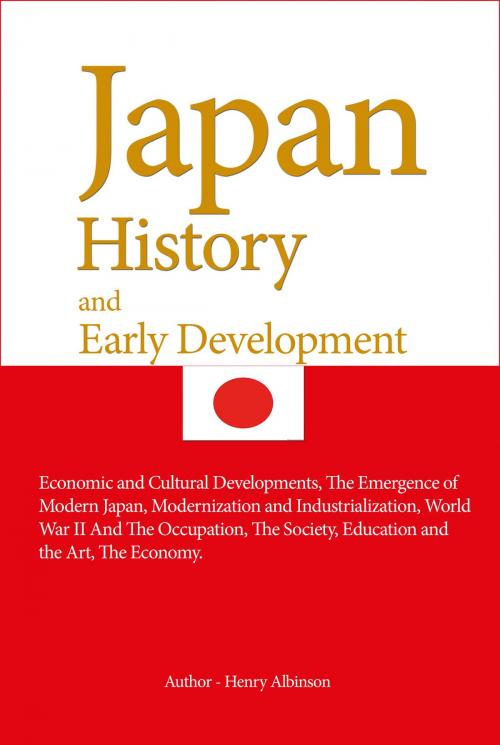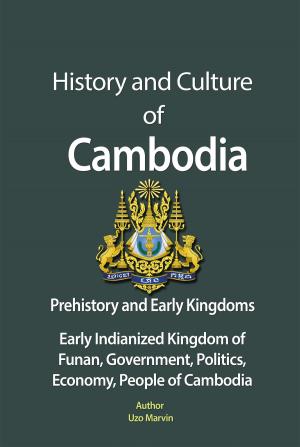Japan History, and Early Development
Nonfiction, History, Asian, Japan, Fiction & Literature, Action Suspense| Author: | Henry Albinson | ISBN: | 9781311641663 |
| Publisher: | Sonit Education Academy | Publication: | June 25, 2016 |
| Imprint: | Smashwords Edition | Language: | English |
| Author: | Henry Albinson |
| ISBN: | 9781311641663 |
| Publisher: | Sonit Education Academy |
| Publication: | June 25, 2016 |
| Imprint: | Smashwords Edition |
| Language: | English |
History of Japan book includes, Japan economy, Japan old and present civilization, Japan art and culture, Japan government and people, Japan tourism.
Nothing similar may be found in foreign lands," wrote Kitabatake Chikafusa when he described Japan in his fourteenthcentury Jinno sh t ki (Chronicle of the Direct Descent of the Divine Sovereigns). Although Japan's culture developed late in Asian terms and was much influenced by China and later the West, its history, like its art and literature, is special among world civilizations. As some scholars have argued, these outside influences may have "corrupted" Japanese traditions, yet once absorbed they also enriched and strengthened the nation, forming part of a vibrant and unique culture.
Early in Japan's history, society was controlled by a ruling elite of powerful clans. The most powerful emerged as a kingly line and later as the imperial family in Yamato (modern Nara Prefecture or possibly in northern Kyushu) in the third century A.D., claiming descent from the gods who created Japan. An imperial court and government, shaped by Chinese political and social institutions, was established. Often, powerful court families effected a hereditary regency, having established control over the emperor. The highly developed culture attained between the eighth and the twelfth centuries was followed by a long period of anarchy and civil war, and a feudal society developed in which military overlords ran the government on behalf of the emperor, his court, and the regent. Although the Yamato court continued control of the throne, in practice a succession of dynastic military regimes ruled the now-decentralized country. In the late sixteenth century, Japan began a process of reunification followed by a period of great stability and peace, in which contact with the outside world was limited and tightly controlled by the government.
History of Japan book includes, Japan economy, Japan old and present civilization, Japan art and culture, Japan government and people, Japan tourism.
Nothing similar may be found in foreign lands," wrote Kitabatake Chikafusa when he described Japan in his fourteenthcentury Jinno sh t ki (Chronicle of the Direct Descent of the Divine Sovereigns). Although Japan's culture developed late in Asian terms and was much influenced by China and later the West, its history, like its art and literature, is special among world civilizations. As some scholars have argued, these outside influences may have "corrupted" Japanese traditions, yet once absorbed they also enriched and strengthened the nation, forming part of a vibrant and unique culture.
Early in Japan's history, society was controlled by a ruling elite of powerful clans. The most powerful emerged as a kingly line and later as the imperial family in Yamato (modern Nara Prefecture or possibly in northern Kyushu) in the third century A.D., claiming descent from the gods who created Japan. An imperial court and government, shaped by Chinese political and social institutions, was established. Often, powerful court families effected a hereditary regency, having established control over the emperor. The highly developed culture attained between the eighth and the twelfth centuries was followed by a long period of anarchy and civil war, and a feudal society developed in which military overlords ran the government on behalf of the emperor, his court, and the regent. Although the Yamato court continued control of the throne, in practice a succession of dynastic military regimes ruled the now-decentralized country. In the late sixteenth century, Japan began a process of reunification followed by a period of great stability and peace, in which contact with the outside world was limited and tightly controlled by the government.















